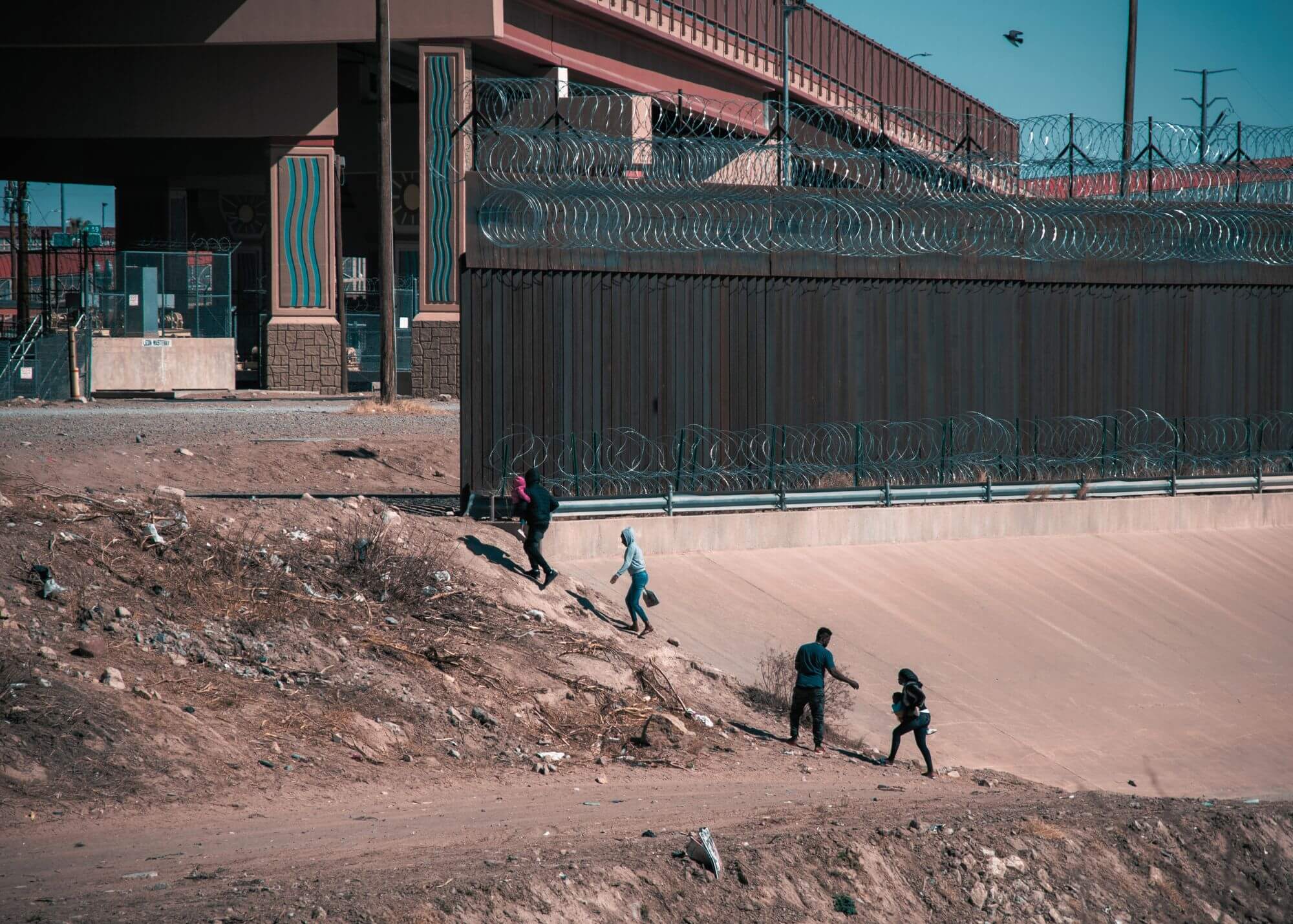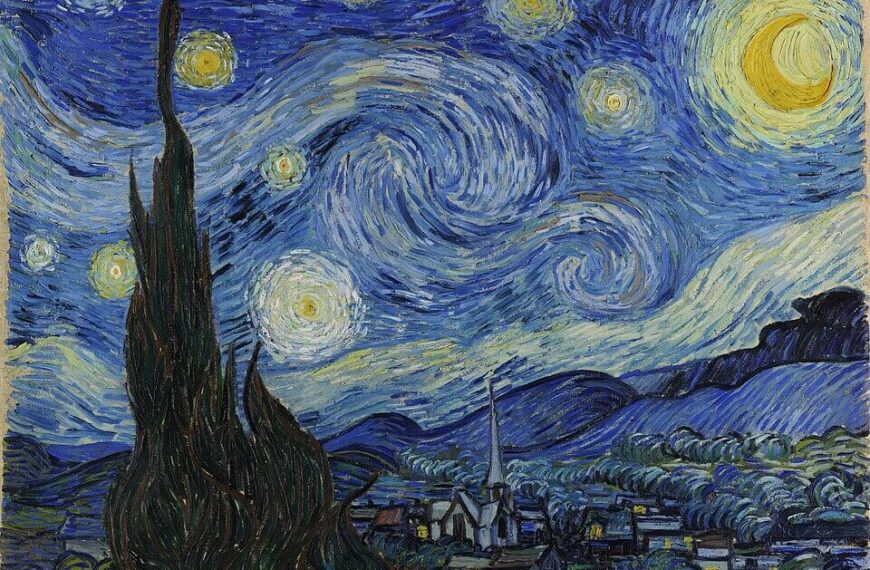Prof Bhaskar expresses concern over human rights violations and India’s international image after 104 Indian nationals were deported from the US on February 6, 2025, exclusively for Different Truths.
On February 6, 2025, mainstream print media reported that the United States deported 104 Indian nationals via a military aircraft back to India. The deportation came as part of the President of the United States’ crackdown on illegal immigrants. The deportees primarily came from Gujarat, Haryana, Punjab, Maharashtra, Uttar Pradesh, and Chhattisgarh. It is alleged that many of these individuals were misled by travel agents who facilitated their passage to the United States through illegal or ‘dunki‘ routes.
It is also reported that barring the 12 minors on board, the rest of the deportees arrived in handcuffs and chains on their legs. This flight from the United States to India lasted 40 hours, which must have been extremely exhausting for the deportees, both physically and psychologically. This situation requires thorough scrutiny.
It is also reported that barring the 12 minors on board, the rest of the deportees arrived in handcuffs and chains on their legs.
One, the illegal immigrants not only represented their home state but more, so they represented India, of which the states were integral parts. Two, there were minors too who did not know the legal frame of the root or the destination. Three of the adult individuals were chained and handcuffed. Fourth, the travel took 40 long hours.
India’s Image Tarnished
The episode, if accurate, tarnished the otherwise positive image of India. A major question arises: who is responsible for damaging the reputation of India’s great civilization? Can the respective state governments be held accountable, or is the Government of India solely responsible?
It may be noted that the time of deportation coincided with the ‘Amritsnan’ of the Head of the Government of India on February 5, 2025, in the Ganga at Prayagraj, duly photographed by the professional cameramen, apart from other security ‘bandobast’ (perfect arrangement). While the government bears the cost of the government, like intra-firm transfer of resources, it is not obvious who bore the cost of deportation of the illegal immigrants because the latter two governments were involved, one at the sending end, the United States, and the other at the receiving end, India.
National Morality
The basic question is not economics or accountancy – it is a morality question—national morality. Can we imagine the inverse—that the countries change at the ends? What would have been the US reaction? Till now, India’s reaction—that is, the reaction of the Government of India—is not known in the public domain. Is it the Ministry of External Affairs that is to be held responsible to answer to the nation for national humiliation? As reported, the Minister of External Affairs clarified that deportations from the United States were a routine affair, and the United States laws allowed them to handcuff illegal immigrants. The clarification seems ridiculous at the least and anti-national at the most. The question is more than and different from what the opposition members in the Lok Sabha or Rajya Sabha ask—it is for common people to ask, and the Government of India is accountable to the people, not necessarily through the members of the political opposition.
The basic question is not economics or accountancy – it is a morality question—national morality.
The Government of India is known for being cautious, and it takes time to respond to various issues. Before taking action, it often establishes a high-powered committee and spends a significant amount of money on it, although the details are typically unknown to the general public. India is the most populous country in the world, and not everyone may be concerned about national issues, especially since around 400 million devotees are currently participating in the Mahakumbh in Prayagraj. Furthermore, Prayagraj is strategically significant as it is a vital route to Delhi, the political capital of India.
Dignity: Equal Human Rights
Coming back to the core point. While the states are unequal, though each one is sovereign, human beings by dignity or human rights seem equal universally. It becomes the core state’s responsibility to protect its citizens’ dignity. The people deported by the United States were allegedly illegal immigrants, but that does not snatch away their right as human beings, essentially when it was violated by the visibility of their being chained and handcuffed. There is a difference between being chained in the United States, which follows their internal rules, and remaining chained in India’s airport. It is more than a national question—it’s international.
While the states are unequal… human beings by dignity or human rights seem equal universally.
At India’s level, the question is more ethical-cultural and less political-diplomatic. It is not known what the ‘dunki’ route is and how even minors are sent through that route. It might have been that the adult immigrants were willing to be sent to the United States to earn more dollars or to stay with their relatives there. But this is not a child’s play. The deportation of the first batch is only the beginning of other allegedly Indian illegal immigrants in the queue to be deported to India. As reported at the sender’s level, India is the third largest country that happened to have sent unauthorised immigrants to the United States over the years, behind two other countries, Mexico and El Salvador, of which Mexico is a border country on the south of the United States.
Interestingly, Kerala, India, a leader in international migration, is absent from the print media list. This situation does not involve an interstate comparison of illegal immigration.
The Power Dynamics
Power respects power. This concept is evident in the reciprocal behaviour among states on a global scale. Such behaviour goes beyond mere trade and investment relations. The Government of India understands this dynamic. As a result, we are waiting to see how it will respond to the unusual deportation of ‘illegal’ immigrants back to India. This situation will provide us with further insights into international relations. These insights may be interpreted in various ways—either in ascending or descending order, depending on the power dynamics within the global power structure. This can manifest in several forms, such as the preferences of hegemonic countries, India’s alignment with the United States, and multilateral relations between nations.
Picture design by Anumita Roy






 By
By
 By
By
 By
By